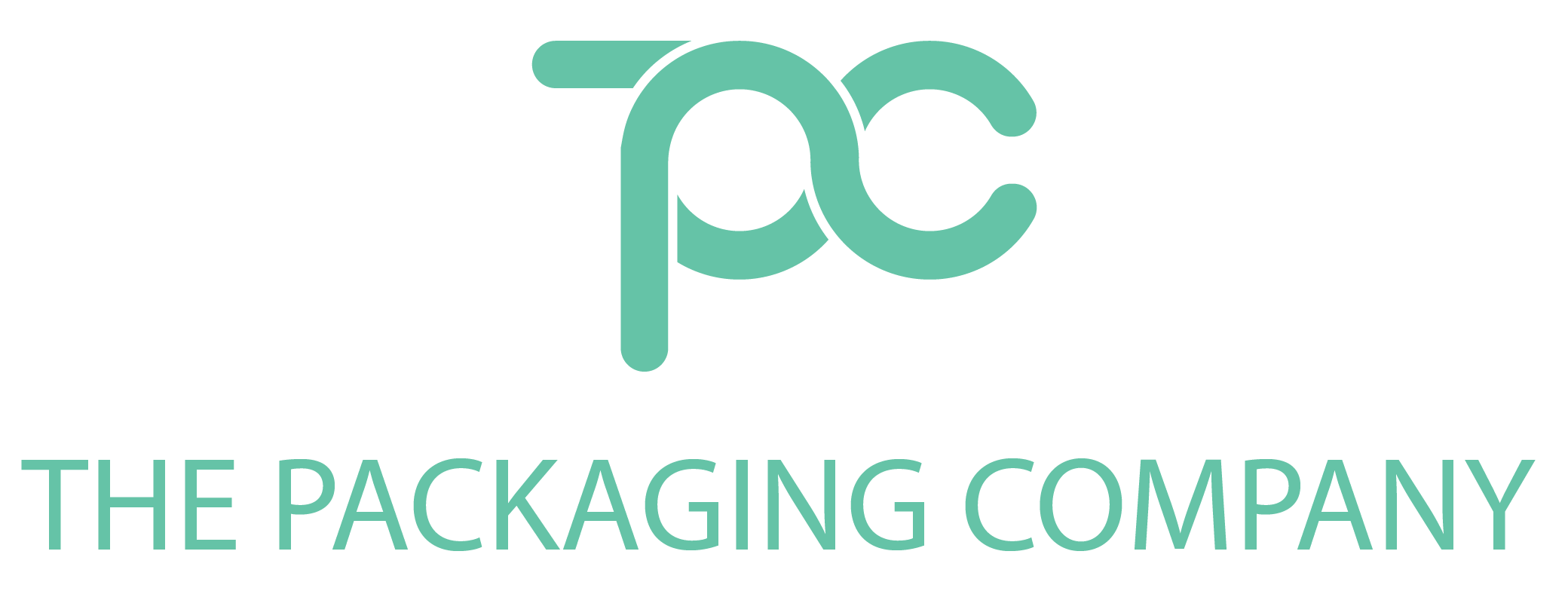FAQ
What is the best way to reach you?
Please send us an email at [email protected] and our entire team will be available to assist you!
Can I order less than the MOQ?
MOQ’s are strict as every project is made to order. Splitting the MOQ for two artworks or SKUs is sometimes possible- please email us your inquiry for confirmation.
Do you carry any items in stock?
We don’t carry stock as every project is made to order.
Can I have my order expedited?
Air freighting your order is possible to reduce ocean freight lead time. Production cannot be expedited.
What are the lead times?
Lead times are approximately 90 days after your pre-production sample is approved.
Click here to understand more about our process.
How do I pay?
For questions on payment, please email [email protected].
What is our process?
Our process starts with your unique product concept. Browse our website and let us know an item number to build off of, or email your custom packaging concept to our design team at [email protected]. All artwork must include Illustrator files (.ai), PDF’s, font files, PMS color callouts, and finish preferences. After your packaging and artwork is finalized, we can produce a 3D model of your review. A 50% deposit is required to place your order. Pre-production samples (PPS) is complete in 14-20 days. Once your PPS is approved, production begins!
Click here to understand more about our process.
Why choose The Packaging Company over other competitors?
The Packaging Company has over 25 years of experience in design and overseas manufacturing.
Everything we produce is to the highest-quality GMP standards. All of our packaging is supported by full reports and material safety data sheets. Our custom packaging gives your product a higher perceived value than stock or “me too packaging” offered by our competitors. We believe your brand deserves to stand out. To top it all off, we pride ourselves on our exceptional customer service and lighting fast reply times.
Follow us on Instagram for more pictures of our packaging projects and to keep in touch with our latest updates!
What materials do we use?
| Acrylic (PMMA) | Polymethyl Methacrylate (PMMA) is a transparent thermoplastic that is used as a lightweight and shatter-resistant alternative to glass. It is a popular material for a wide range of applications due to its clarity, durability, and versatility. Features:
|
| Aluminum | Aluminum is a lightweight metal that is commonly known for its strength, corrosion resistance, and high thermal and electrical conductivity. It is also light weight and ductile, making it easy to shape and form into various products. Aluminum is also highly recyclable. Features:
|
| Glass | Glass is made by melting a mixture of silica, soda ash, and lime at high temperatures and then cooling it rapidly to prevent the formation of crystals. Features:
|
| High-Density Polyethylene (HDPE) | HDPE is a versatile and widely used polymer known for its strength, durability, and chemical resistance. Features:
|
| Low Density Polyethylene (LDPE) | LDPE is a thermoplastic polymer made from the monomer ethylene. Known for its flexibility, toughness, and transparency, as well as its resistance to water, chemicals, and impact. Features:
|
| Polyethylene Terephthalate Glycol (PETG) | PETG is a thermoplastic polyester that is commonly used as material for 3D printing, as well as for packaging and signage. It is resistant to chemicals and has good optical properties, making it a good choice for products that require a clear and aesthetically pleasing appearance. Features:
|
| Polypropylene (PP) | Polypropylene (PP) – Polypropylene is a thermoplastic made from a combination of propylene monomers. It is a versatile material that is used in a wide range of applications. Commonly known for its excellent chemical resistance and durability. Features:
|
| Polyphenylene Sulfide (PPS) | Polyphenylene Sulfide (PPS) – PPS is a high-performance thermoplastic material known for its excellent mechanical, thermal, and chemical properties. Features:
|
Active ingredients vs. packaging
Know your ingredients – If your product and the container aren’t compatible, you will run into numerous quality issues such as leaks or contamination. By understanding your ingredients and choosing the right type of material, you can reduce costs, maximize shelf life and maintain a positive brand image. The best packaging materials should appeal to the customer as well as keep the skincare products safe throughout its shelf life. In addition, the packaging material should be strong and durable enough to protect the product from external factors such as heat and moisture. Think about how you want the customer to experience your product both in a retail setting and online.
How do paper and plastic affect cannabis flower?
While paper and plastic packaging options are widely available, the bottom line is that they’re not designed for cannabis flower. These materials can have various negative impacts, including chemical exposure, temperature changes, air exposure, and overall unsustainable for the planet. If you want to learn more about how paper and plastic packaging can effect your cannabis, click here.
What materials are compatible with cannabis flower?
If you’re looking for compatible and eco-friendly materials for storing your cannabis flower, glass and tin containers are excellent choices. Not only are they sustainable and 100% recyclable, but they can also be airtight to prevent oxygen from affecting the quality of your flower. Glass and tin containers can be recycled endlessly without losing their quality or quantity. To learn more about the benefits of using glass and tin containers for your cannabis products, click here.

